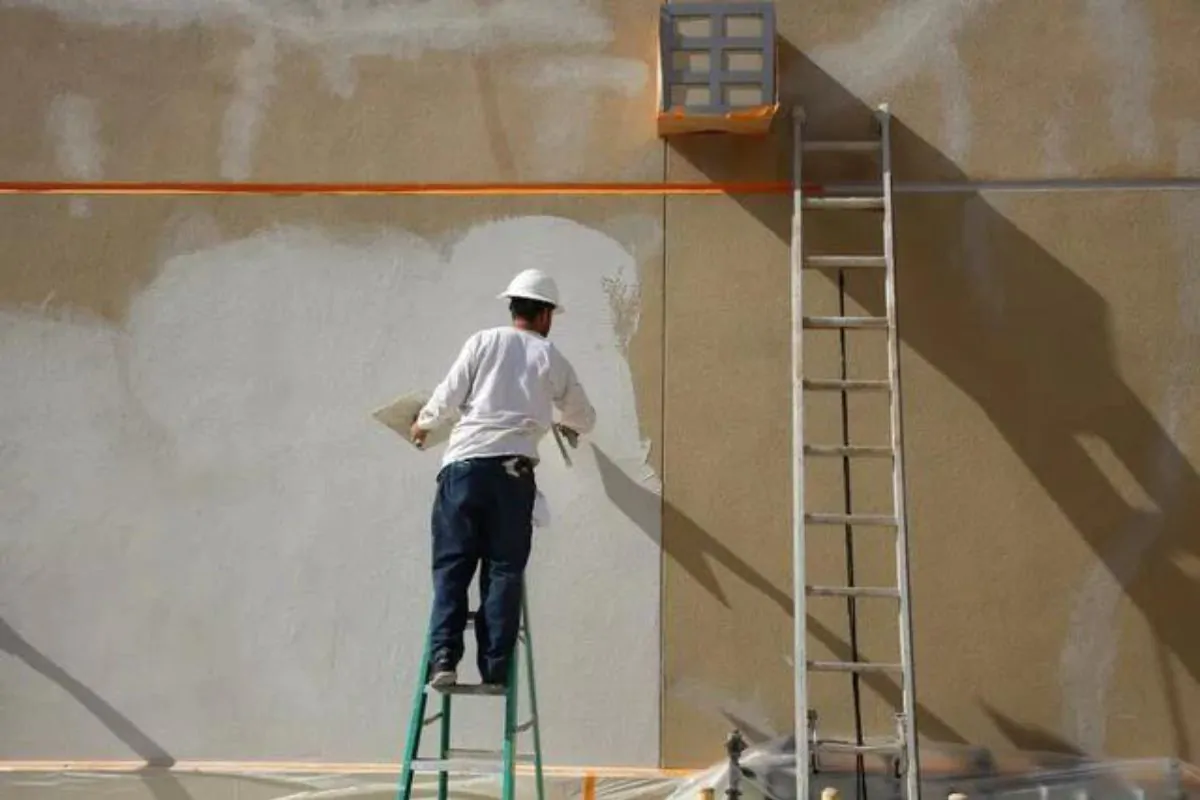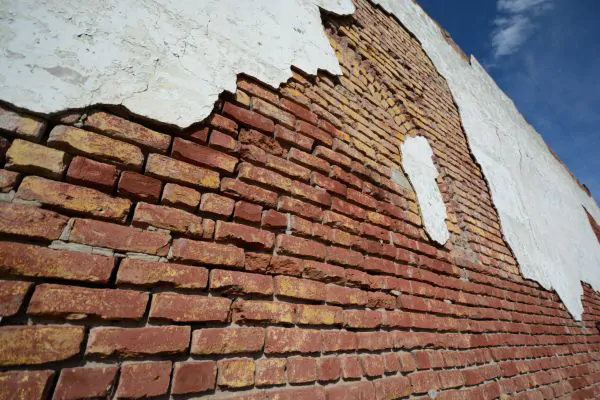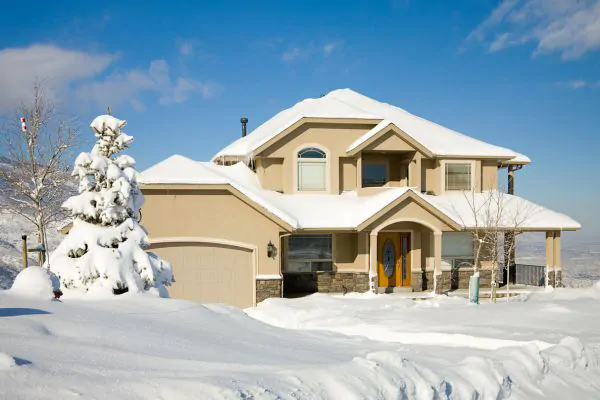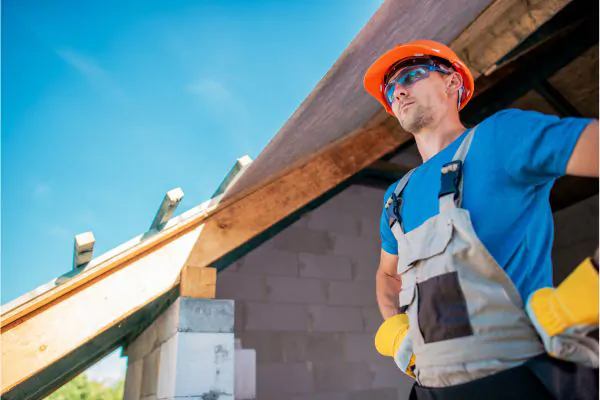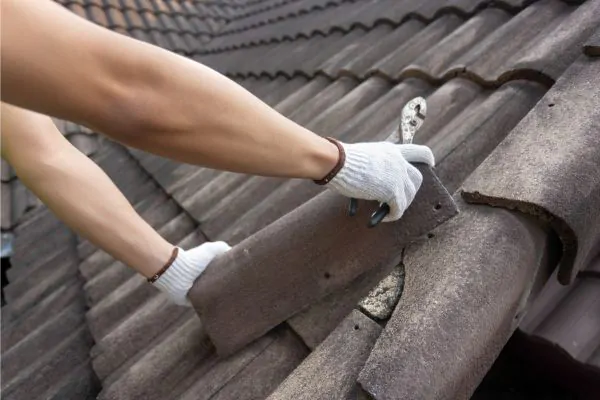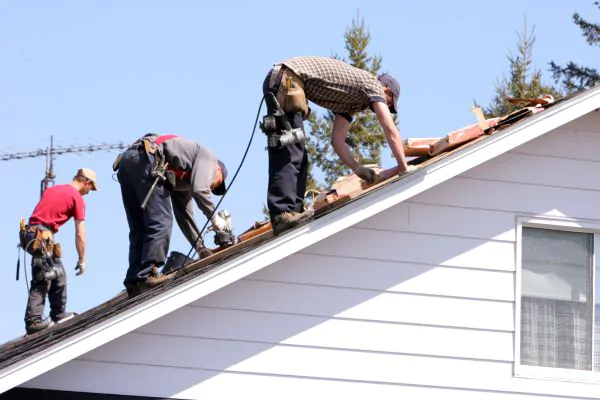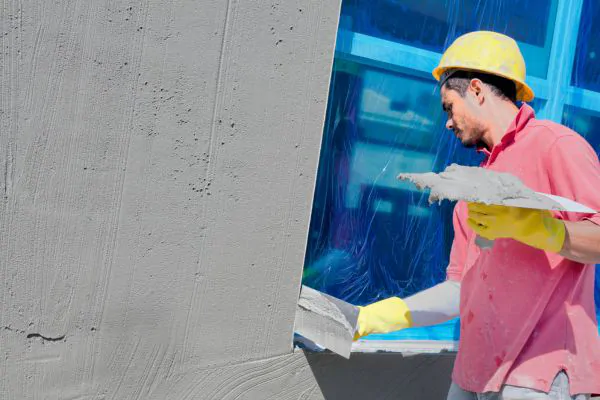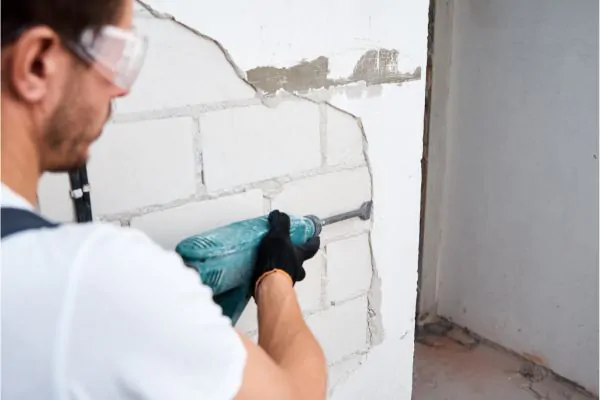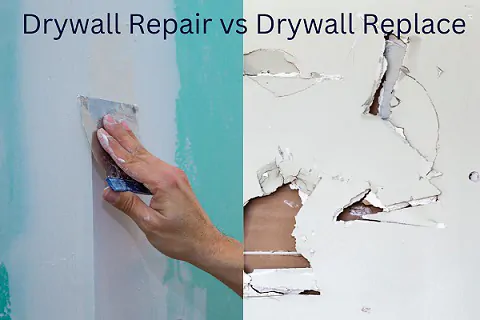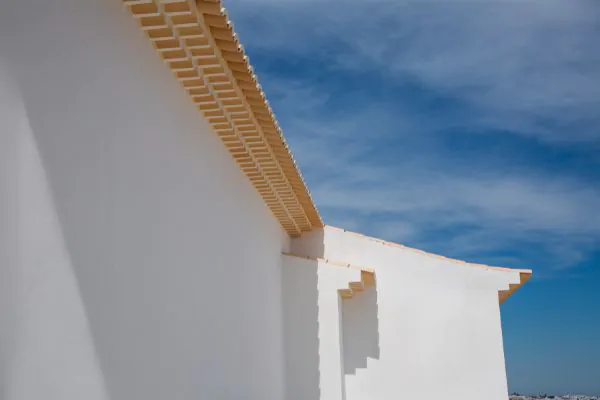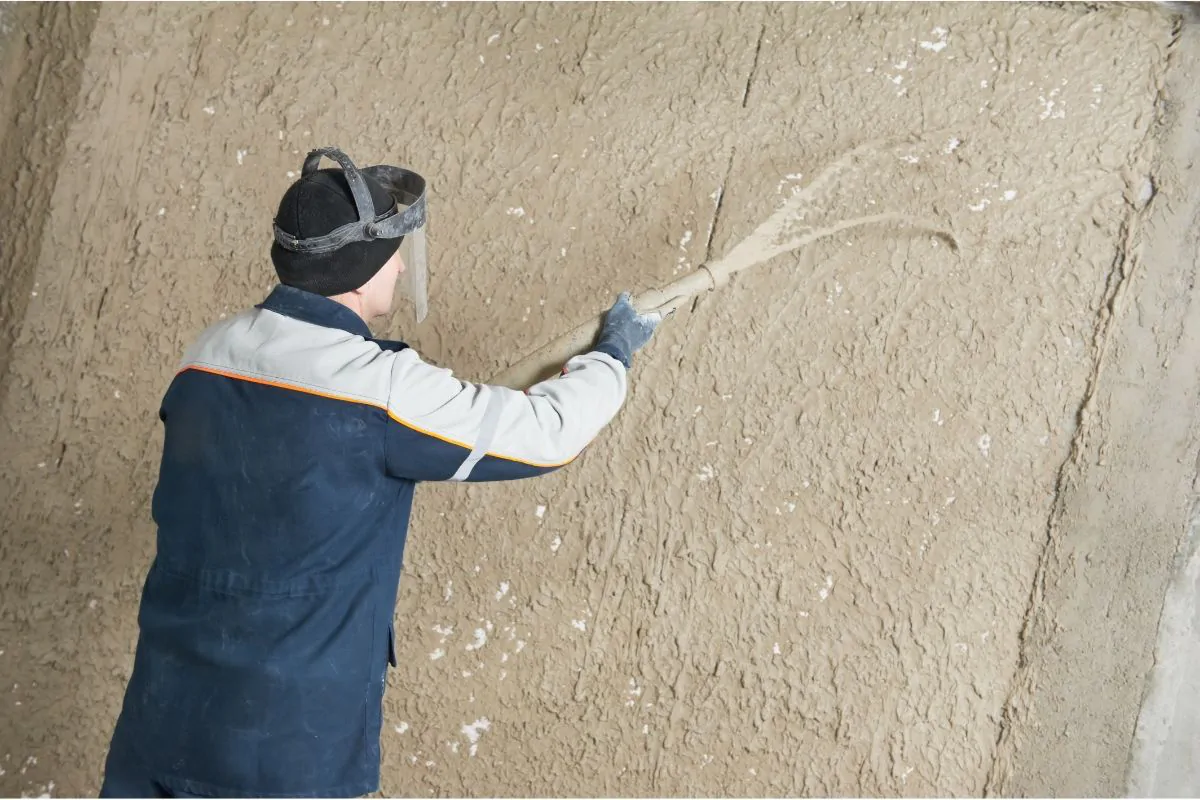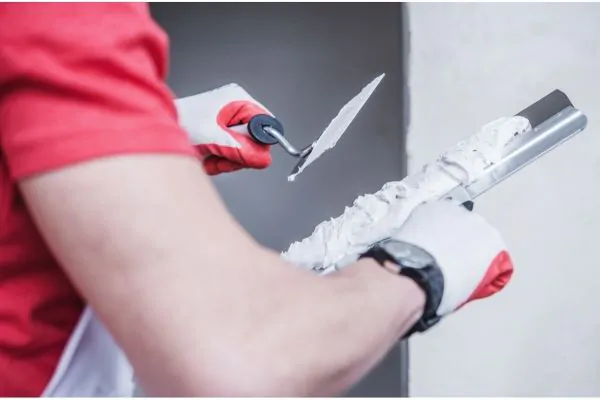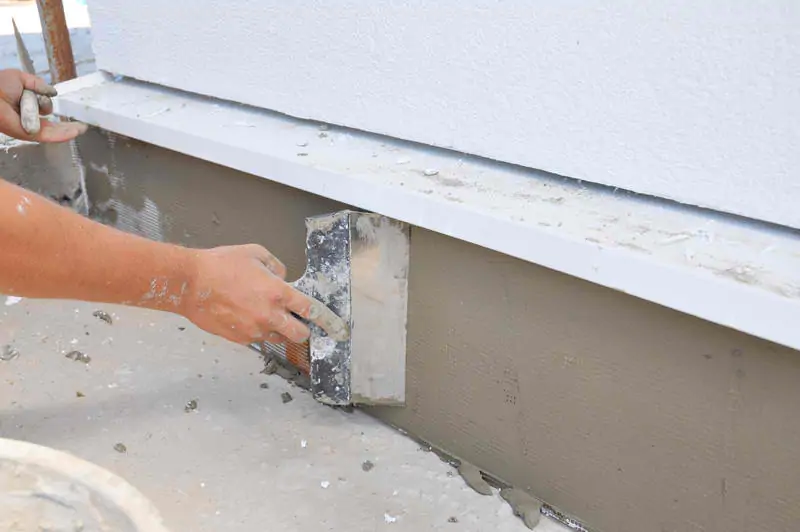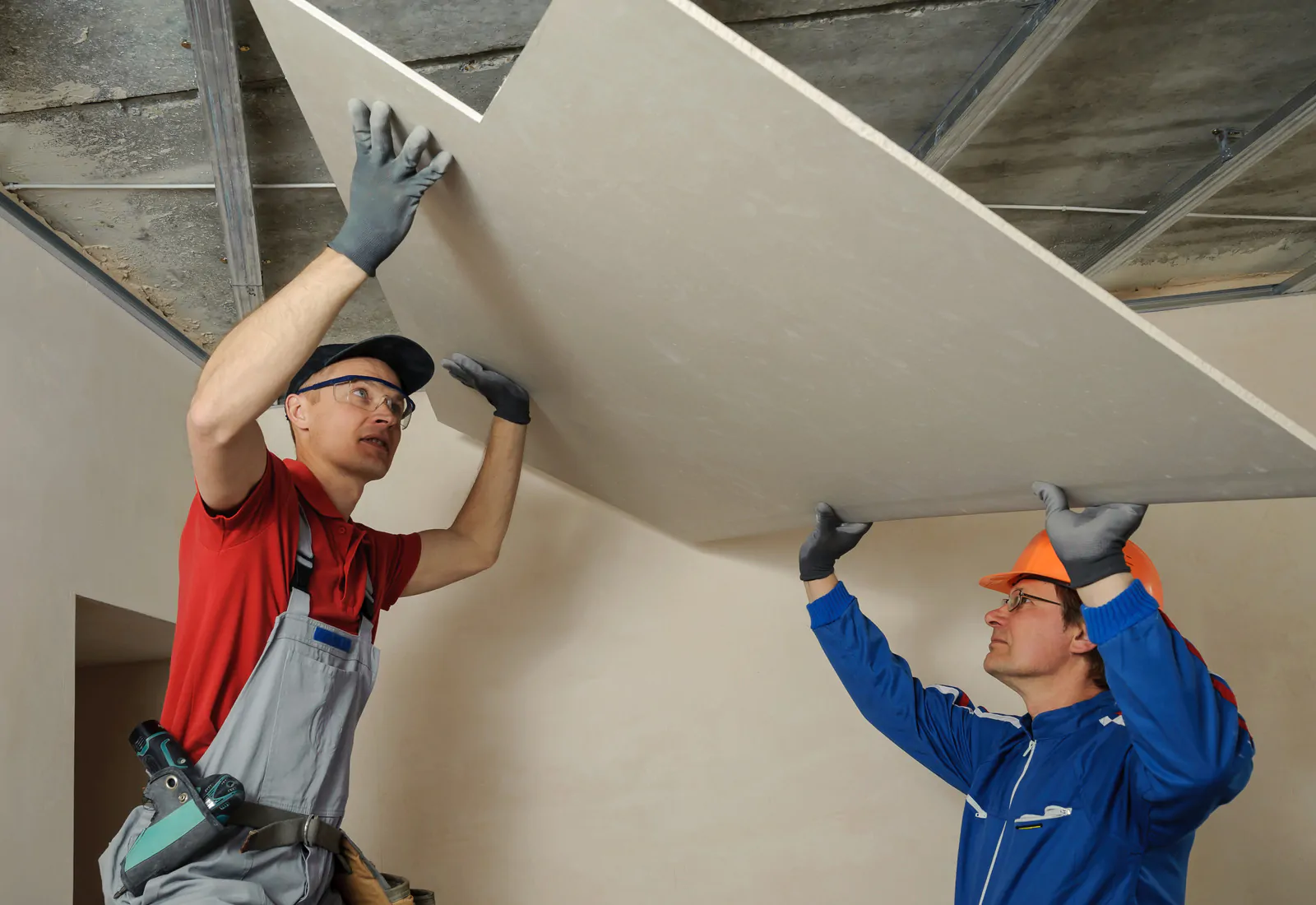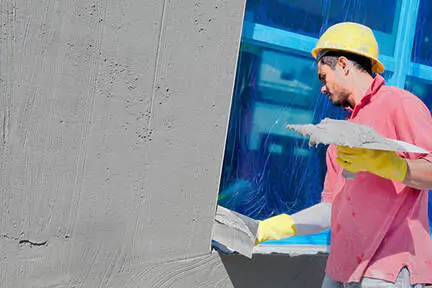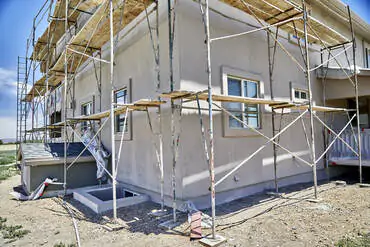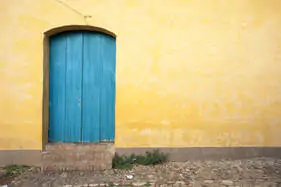Stucco cracks can develop due to structural shifts or drainage issues, requiring timely repair to prevent water damage. You will need basic materials like caulk, wire mesh, and paint to fix these cracks. Proper techniques ensure the wall’s integrity and appearance are restored. This guide provides straightforward tips and strategies on how to repair a stucco crack, helping you maintain your property’s value, and keeping your home looking its best. Let’s dive in!
I. Analyzing Stucco Cracks
Before repairing stucco cracks, it is essential to identify their cause, such as water intrusion or settlement. Cracks vary in size and severity, impacting the repair approach that is best-suited to address them. Minor cracks may only need filler, while larger ones require epoxy. Understanding the crack type ensures you choose the correct repair method for a lasting fix.

1. Causes of Cracks in Stucco
Stucco cracks often arise from building movement or improper application. Issues like incorrect cement mixing, poor site preparation, or debris left on the surface can create weak spots in the plaster. These imperfections can eventually lead to visible cracks, highlighting the importance of proper mixing, cleaning, and application techniques in stucco work.
2. Different Types of Stucco Cracks
The method of repairing a stucco crack depends on the type of stucco crack. Hairline cracks may only need flexible waterproofing sealants, while larger ones require stronger adhesives or specialized cement. Structural shifts, such as soil movement, can also cause splits, necessitating a combination of repair techniques to ensure a durable and lasting fix.
II. Repair Techniques for Stucco Cracks

Repairing stucco cracks is essential to maintaining your home’s structural integrity and appearance. Whether you’re dealing with minor hairline cracks or more significant damage, knowing the right techniques ensures effective and long-lasting repairs. This guide outlines practical methods for sealing, reinforcing, and patching stucco cracks, helping keep your walls in top condition.
1. Seal Cracks with Caulking
Caulking is a simple and effective solution for minor stucco cracks. Begin by thoroughly cleaning the crack to remove dust and debris. Next, use a putty knife to apply caulk deep into the crack, ensuring complete coverage. Smooth the caulk with the knife for a clean finish that blends with the surrounding area. Be mindful of weather conditions, as extreme temperatures can affect how well the caulk cures, potentially compromising the crack stucco repair.
2. Reinforce Cracks with Mesh
For larger stucco cracks, reinforcing with mesh is essential. After cleaning the crack, apply the mesh over the area to distribute stress and prevent further expansion. This provides added strength to the wall. Once the mesh is in place, cover it with a fresh layer of stucco plaster, ensuring it adheres properly. This method repairs the crack and strengthens the overall structure, maintaining the wall’s durability and appearance.
3. Apply and Blend the Stucco Patch
For significant cracks, applying a stucco patch is necessary. Start by cleaning the area thoroughly to remove loose debris. This ensures proper adhesion of the new stucco. Apply the stucco patch to the crack, carefully blending it with the surrounding surface for a smooth finish. This method is particularly effective for areas prone to moisture, as it seals the crack and prevents further damage, restoring the wall’s strength and appearance.
III. Step-by-Step Guide to Fixing a Stucco Crack
Fixing stucco cracks does not have to be daunting. This step-by-step guide walks you through the process, from cleaning the crack to applying the suitable materials, ensuring a smooth and durable repair. Follow these simple instructions to restore your stucco’s appearance and prevent further damage.
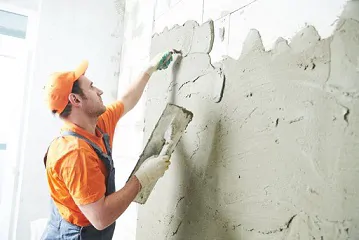
1. Widen the Crack
Start by carefully widening the crack with a hammer and chisel. This step ensures the repair material has enough space to bond correctly with the existing stucco. Widening the crack also prevents pests from finding hidden crevices in which to nest. Whether it is a ceiling or wall, creating a more open space in the crack is essential for a lasting repair that will blend seamlessly with the surrounding stucco.
2. Clean the Area
After widening the crack to make room for the repair caulk, thoroughly clean the area to remove loose debris. Use a stiff brush to remove sand, dirt, or other remnants from the surrounding stucco. This ensures that the repair materials adhere correctly to the cleaned surface, resulting in a smooth and durable finish. A clean area is essential for the stucco patch to bond effectively and maintain the integrity of the repair.
3. Apply Primer
Once the crack is clean, apply a primer to the area. The primer helps the patching material adhere better to the stucco surface, ensuring a solid and lasting bond. This step is crucial for the repair to hold up against weather conditions and to blend seamlessly with the existing wall. An adequately primed surface sets the foundation for a successful and durable stucco repair and ensures everything is adhered properly.
4. Fill the Crack
After applying the primer, fill the crack with the appropriate repair material. Press the material firmly into the crack, ensuring it fills the gap. Once the filler dries, sand the area to smooth it out, blending it with the surrounding stucco. Proper filling and smoothing are key to preventing future issues and achieving a uniform, seamless finish. You will want to pack the crack but not over-fill it either.
5. Sand and Paint
Once the filler has dried, sand the surface to ensure a smooth finish matching the surrounding stucco texture. After sanding, paint over the repaired area to conceal the work and add a protective layer. This final step completes the stucco crack repair, leaving the wall looking as good as new and providing added protection against the elements. Taking the time to sand and paint properly protects the final look.
IV. Expected Outcomes of Stucco Crack Repairs
Stucco crack repairs aim to restore the wall’s integrity, prevent further damage, and improve its appearance. By properly addressing exterior crack stucco repair, homeowners can expect a seamless finish that blends with the existing stucco, providing lasting protection against weather and wear.
1. Results and Durability of Repaired Cracks
Properly exterior stucco crack repair provide both structural stability and long-lasting durability. A meticulous repair blends smoothly with the existing wall, preventing water infiltration and maintaining the building’s aesthetics. The durability of the repair largely depends on the quality of materials and artistry, with well-done repairs offering years of protection against future damage.
2. Cost Considerations
Stucco crack repair cost will significantly depend on size, location, and required materials. Professionals assess the situation to provide accurate estimates, ensuring homeowners budget appropriately. Investing in quality repair work is essential to achieve effective and lasting results, preventing further expenses. Planning accordingly is key to being ready for the repair work.
3. Ongoing Maintenance Needs
Regular maintenance of repaired stucco includes routine inspections to detect new cracks or issues early. Addressing these minor problems promptly helps maintain the integrity of the stucco, protecting the building’s exterior from weather damage and ensuring the longevity of the repair work. Proactive care extends the life of stucco surfaces and protects the overall aesthetics.
V. Tips and Recommendations
Repairing stucco cracks can be superficial with the right tools and knowledge, but some situations require professional help. Knowing when to seek expert assistance is as important as understanding maintenance techniques that extend the life of stucco and prevent future cracks. If ongoing issues persist or if you want to explore different exterior finishes, there are alternative materials to consider. The following sections cover when to consult a specialist, how to maintain stucco and other options beyond traditional stucco.
1. When to Call a Professional
While homeowners can fix many stucco cracks, some situations require a Stucco professional. A specialist is needed if cracks keep reappearing despite repairs or if the damage affects large areas. Cracks caused by major structural issues also need expert attention to address the underlying problems, not just cosmetic fixes.
2. Tips to Maintain Stucco and Prevent Cracks
Regular maintenance is crucial to prevent stucco cracks. Use a high-quality sealant to protect against moisture and ensure that gutters and downspouts channel water away from stucco surfaces. Address minor damage promptly to avoid more significant issues compromising the stucco’s strength and appearance.
3. Alternatives to Stucco Materials
Homeowners looking for alternatives to stucco can consider fiber cement siding, vinyl siding, or brick and stone veneers. These options offer durability and different visual styles. They can also provide better weather resistance, lower maintenance requirements, and, in some cases, improved insulation compared to traditional stucco.
Conclusion
Properly repairing stucco cracks is crucial for keeping a building’s structure and appearance intact. Correct methods and materials ensure a strong repair that lasts and protects against damage. For complex or persistent issues, professional help might be needed to provide a long-lasting solution. Regular upkeep and prompt repairs are essential to avoid expensive problems later and maintain the condition of stucco surfaces. Call your local stucco pros today to ensure your stucco features are properly cared for all year long!





